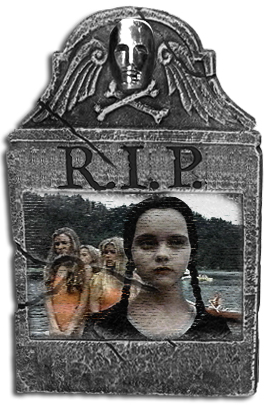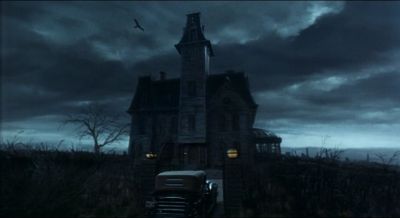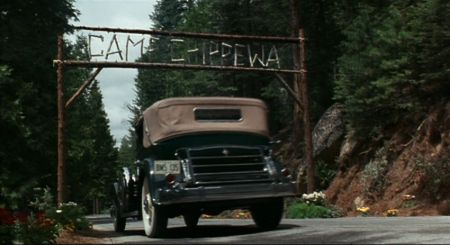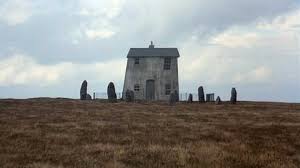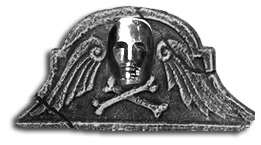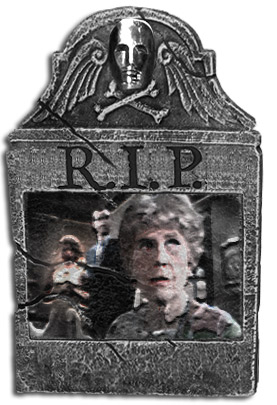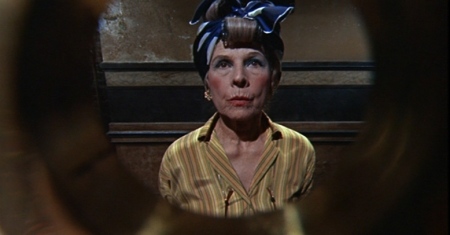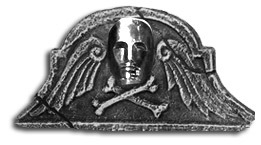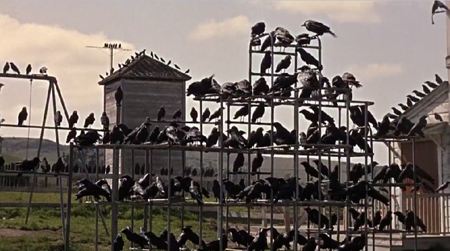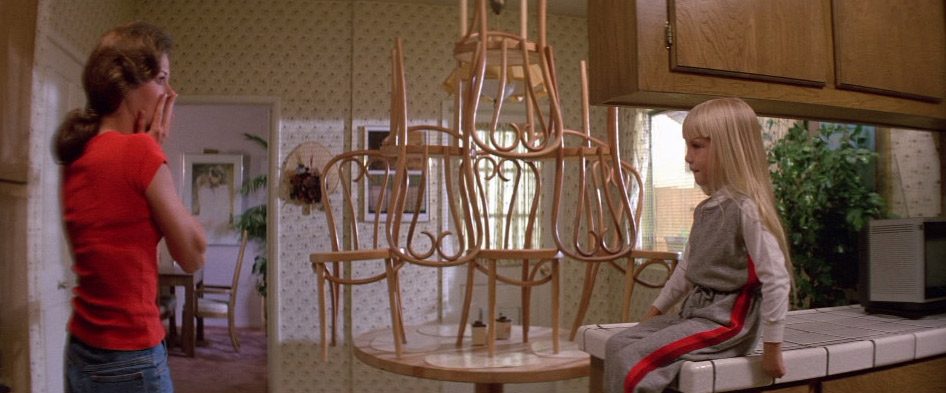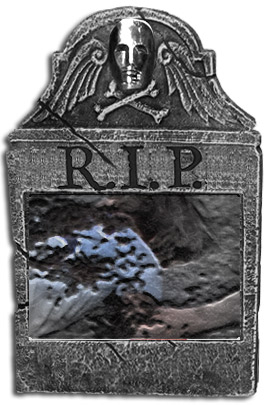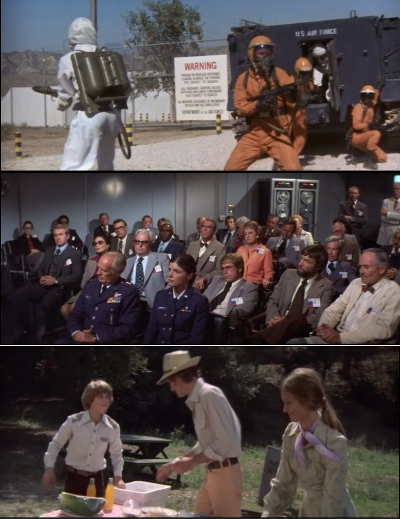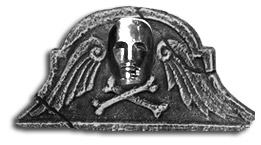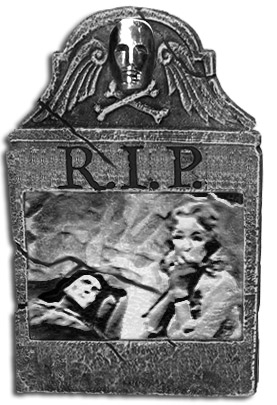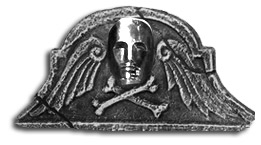Oscar Horrors: Best Transformation Scene... Ever
 Sunday, October 7, 2012 at 12:00PM
Sunday, October 7, 2012 at 12:00PM 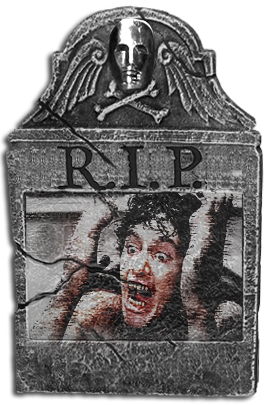 [In the returning daily October series "Oscar Horrors" we look at those rare beasts. Film contributions in the horror genre that went on to Oscar nominations. Here's new contributor Peter Swanson...]
[In the returning daily October series "Oscar Horrors" we look at those rare beasts. Film contributions in the horror genre that went on to Oscar nominations. Here's new contributor Peter Swanson...]
HERE LIES ... An American Werewolf in London, which won the 1981 Academy Award for Best Makeup, the first year that award was given in regular competition.
Peter from Armchair Audience here. A quick story first. As a film-obsessive I've tried hard to not be that guy (you know the one) who insists his/her friends watch all their favorite movies. However, a few years ago and in a mildly intoxicated state, I forced my wife and dinner guest to sit through An American Werewolf in London, accompanied by my own personal commentary track. When werewolf-bitten David Kessler (David Naughton) first turns into a hairy beast I (allegedly) repeated the phrase,"Best transformation scene ever," about twenty times. That phrase has come to haunt me through the years--my wife likes to spring it on me any time I suggest watching a movie to friends.
Here's the thing: It is the best transformation scene ever.
No amount of CGI wizardry will ever match Rick Baker's amazing use of latex and air bladders to convey the bone-popping pain of turning from man to beast. But even if An American Werewolf in London never had that transformation scene, it would still be deserving of the inaugural Academy Award for Best Makeup. There's so much good stuff, from the werewolf itself that rampages around on four legs, to the decomposing Griffin Dunne, to the Nazi mutants that appear in David's terrifying dream.
Rick Baker has since gone on to receive eleven nominations in this category and to win seven times. But even his recent state-of-the-art digital work on the sub-par The Wolfman doesn't come close to matching the grisly perfection of what he did for John Landis's cult hit. It's crucial to the film, as well, since horror-comedy, now a staple of genre-filmmaking, was a pretty new concept in 1981. It wasn't just the notion that comedy would be mixed with horror elements (Abbott and Costello at one point cornered this market) but that the horror elements were so genuinely terrifying and gruesome. Griffin Dunne, playing David's ill-fated traveling companion Jack Goodman, kills in the movie because of his droll commentary, but his make-up work, especially the early scenes with his face half torn away are truly disturbing.
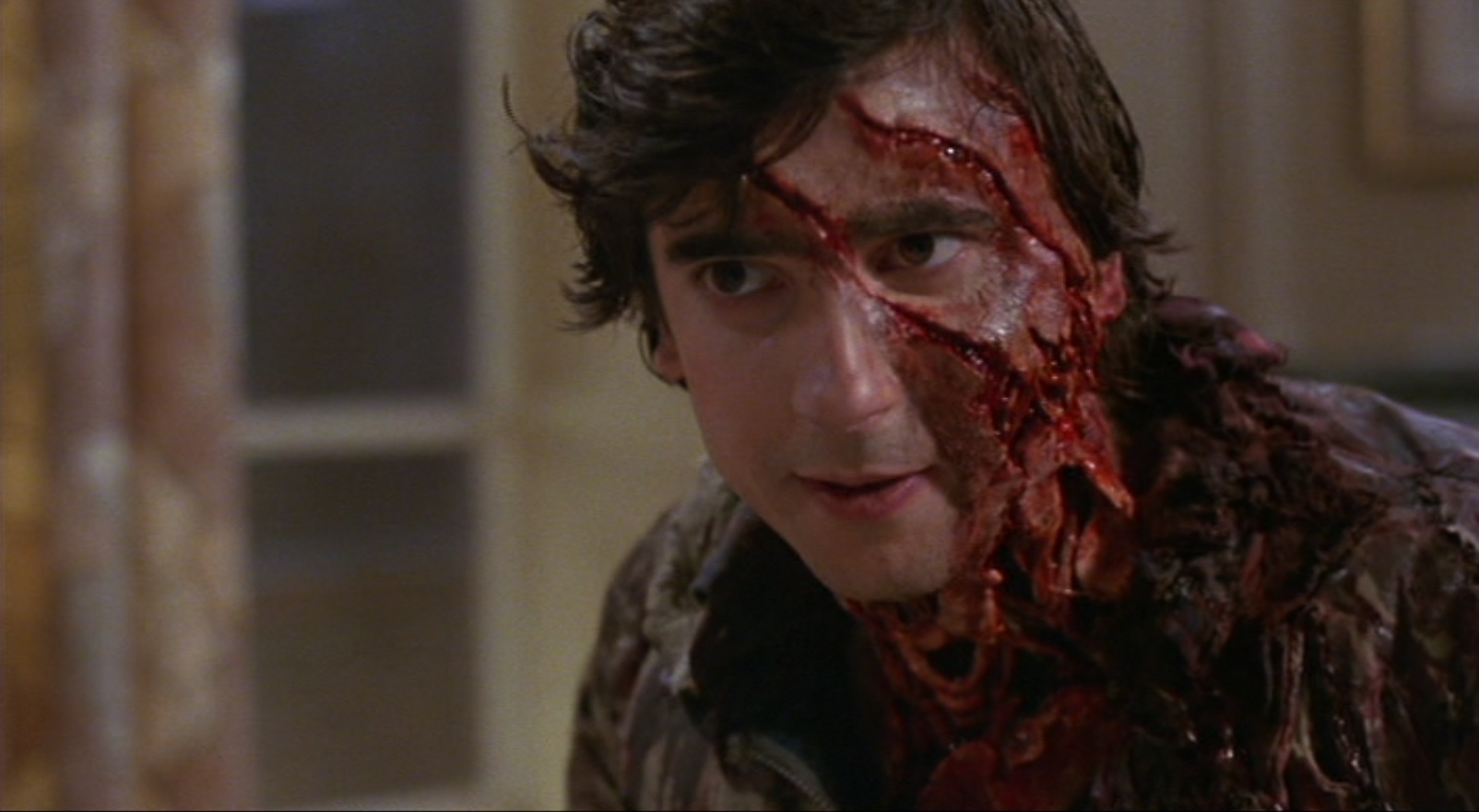
Make-up isn't the only reason to re-visit this film. Sure, David Naugton is a little hammy and stiff as the title character, but the movie works on all the different levels it aspires to: gothic tale, slapstick comedy, gore-fest, tragic romance. Griffin Dunne delivers his funniest role, and Jenny Agutter, currently playing a kindly nun on The Midwife Calls, elevates the material as a sad and sexy nurse.
And, of course, 'the best transformation scene... ever.'



